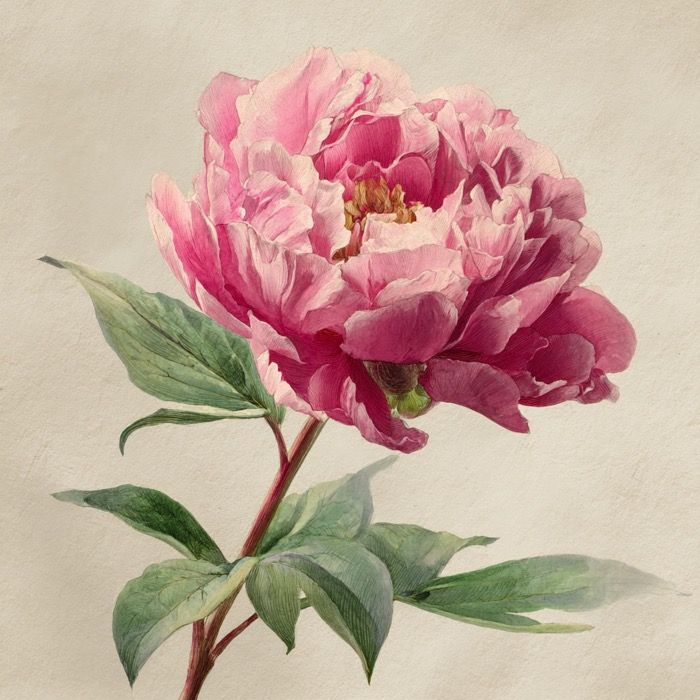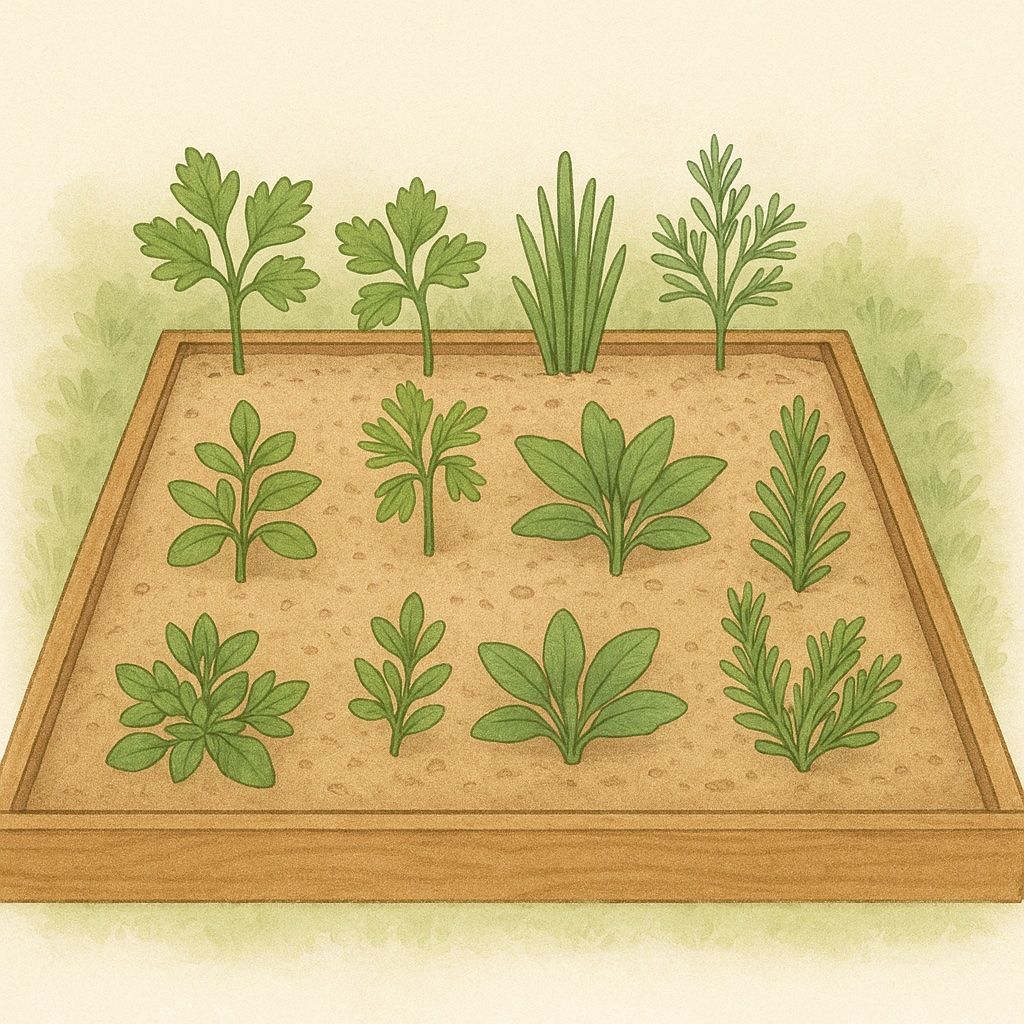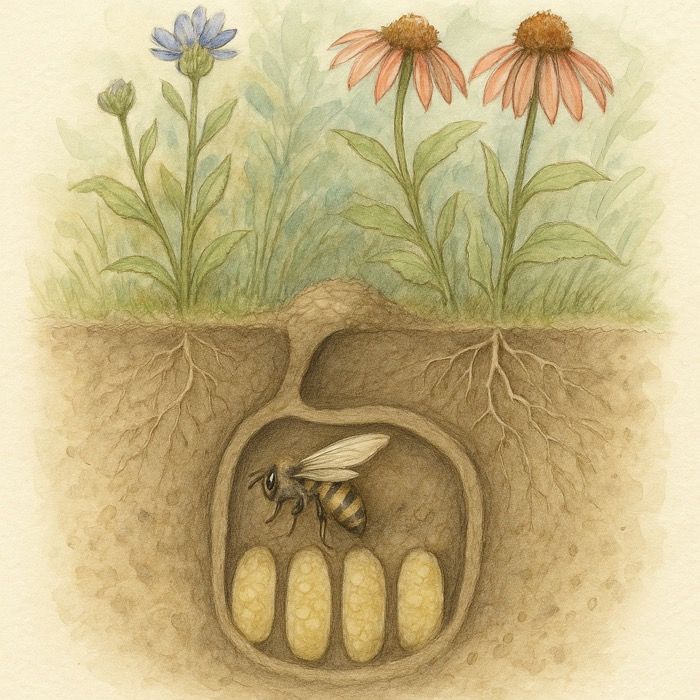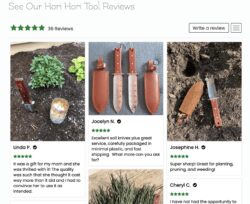A Gardener’s Guide to Hibiscus: Planting, Care, and Varieties
Introduction
Welcome to our garden guide, where we explore the vibrant and exotic world of Hibiscus. Known for its stunning flowers and tropical allure, Hibiscus adds a splash of color and elegance to any garden landscape. In this comprehensive guide, we’ll delve into the various aspects of Hibiscus, from its botanical background to its care, ensuring you have all the information needed to cultivate this captivating plant in your garden.
Hibiscus – Beauty in Bloom
- Botanical Overview
- Common Name – Hibiscus
- Scientific Name – Hibiscus
- Family – Malvaceae
Hibiscus is a genus of flowering plants comprising hundreds of species, prized for their large, colorful blossoms and ornamental foliage. With its tropical origins and striking appearance, Hibiscus has become a favorite among gardeners worldwide.
Medicinal and Culinary Uses
Hibiscus is not only a beautiful addition to gardens but also holds medicinal and culinary significance. In traditional medicine, hibiscus is valued for its potential health benefits. Its flowers are commonly used to prepare herbal teas known for their refreshing taste and potential health properties. Hibiscus tea is rich in antioxidants and vitamin C, making it a popular choice for boosting immunity and promoting overall wellness.
Additionally, hibiscus tea is believed to have potential benefits for heart health, as it may help lower blood pressure and cholesterol levels. Furthermore, the tart flavor of hibiscus makes it a versatile ingredient in culinary creations. It is used to flavor beverages, jams, jellies, syrups, and even savory dishes in various cuisines worldwide. The vibrant color and tangy taste of hibiscus add a unique twist to recipes, making it a favorite among chefs and home cooks alike.
Varieties of Hibiscus
Hibiscus offers a diverse array of species and cultivars, each with its unique characteristics and visual appeal. Some popular varieties include:
- Hibiscus rosa-sinensis (Chinese Hibiscus): Features large, showy flowers in a range of colors, including red, pink, yellow, and orange.
- Hibiscus syriacus (Rose of Sharon): A deciduous shrub with abundant, trumpet-shaped flowers in shades of white, pink, and purple.
- Hibiscus sabdariffa (Roselle): Known for its edible calyces, which are used to make herbal tea and jams, as well as its attractive red stems and foliage.
Planting and Growth Conditions
The planting zone for Hibiscus varies depending on the species and cultivar, but generally, these tropical plants prefer warmer climates. Most varieties of Hibiscus thrive in USDA hardiness zones 9 to 11, where temperatures remain relatively mild year-round. However, some hardier species, such as Hibiscus syriacus (Rose of Sharon), can tolerate colder conditions and are suitable for planting in zones 5 to 9. Before selecting a Hibiscus plant for your garden, it’s essential to consider your specific climate and choose a variety that aligns with your region’s planting zone for optimal growth and performance.
- Sunlight – Hibiscus thrives in full sun, requiring at least 6-8 hours of sunlight per day for optimal growth and flowering.
- Soil – Well-draining, fertile soil with a slightly acidic to neutral pH is ideal for Hibiscus. Amend heavy clay soils with organic matter to improve drainage.
- Planting – Plant Hibiscus in spring or early summer, ensuring proper spacing to allow for adequate airflow and growth.
Care and Maintenance
- Watering – Keep the soil consistently moist but not waterlogged, especially during the flowering season. Water deeply to encourage root development.
- Fertilizing – Apply a balanced fertilizer formulated for flowering plants during the growing season to promote healthy growth and abundant blooming. Avoid high-nitrogen fertilizers, which can result in lush foliage at the expense of flowers.
- Pruning – Prune Hibiscus regularly to maintain shape and remove any dead or diseased branches. Pinch back tips to encourage bushy growth and more flowers.
- Pest and Disease Control – Monitor for common pests such as aphids, spider mites, and whiteflies, as well as fungal diseases like powdery mildew and leaf spot. Use insecticidal soap, neem oil, or horticultural oil to control pests, and ensure proper sanitation to prevent disease spread.
Benefits and Uses
Hibiscus offers more than just its striking appearance:
- Ornamental Beauty – Use Hibiscus as a focal point in garden beds, borders, or containers to add a tropical flair and vibrant color to your landscape.
- Culinary Delights – Harvest the calyces of Hibiscus sabdariffa to make refreshing herbal tea, jams, syrups, and culinary garnishes.
- Medicinal Properties – Some Hibiscus species are used in traditional medicine for their purported health benefits, including lowering blood pressure and cholesterol levels.
Potential Problems
While generally hardy, Hibiscus may encounter some challenges:
- Winter Hardiness – In colder climates, Hibiscus may require protection from frost and freezing temperatures. Consider overwintering potted plants indoors or providing mulch and frost cloth for outdoor specimens.
- Yellowing Leaves – Yellow leaves may indicate overwatering, nutrient deficiencies, or pest infestations. Adjust watering, fertilizing, and pest control practices accordingly to restore plant health.
Conclusion
Embrace the exotic beauty and tropical allure of Hibiscus in your garden and enjoy the stunning display of flowers it brings throughout the growing season. With its vibrant blooms and lush foliage, Hibiscus is sure to transport you to a tropical paradise right in your backyard.
Remember, Hibiscus thrives on warmth, sunlight, and regular care, rewarding gardeners with its spectacular flowers and enduring beauty. Happy gardening!
Growing Hibiscus FAQ
- What are the ideal growing conditions for hibiscus? Hibiscus thrives in full sunlight and well-drained soil, preferring warm climates with temperatures above 60°F.
- How often should I water my hibiscus plant? Water hibiscus regularly, keeping the soil consistently moist but not waterlogged. Increase watering during hot, dry periods.
- When is the best time to fertilize hibiscus? Fertilize hibiscus every 4-6 weeks during the growing season with a balanced fertilizer, avoiding excessive nitrogen.
- How do I prune hibiscus for optimal growth? Prune hibiscus in late winter or early spring to remove dead or damaged branches and encourage new growth. Regular deadheading of spent flowers promotes continuous blooming.
- What are common pests and diseases affecting hibiscus? Watch for pests like aphids, spider mites, and whiteflies. Diseases such as powdery mildew and leaf spot can also affect hibiscus.
- Can hibiscus be grown in containers? Yes, hibiscus can thrive in containers as long as they have adequate drainage and receive sufficient sunlight.
- How do I protect hibiscus from frost during winter? In cooler climates, bring potted hibiscus indoors during winter or cover them with frost cloth. Mulching around the base of outdoor plants can help protect the roots.
- Do hibiscus plants attract pollinators? Yes, hibiscus flowers are attractive to bees, butterflies, and hummingbirds, making them a great addition to pollinator-friendly gardens.
- What are some popular hibiscus varieties? Popular hibiscus varieties include the tropical Hibiscus rosa-sinensis with large, colorful blooms, and the hardy Hibiscus syriacus, commonly known as Rose of Sharon.
- How do I propagate hibiscus plants? Hibiscus can be propagated from stem cuttings taken in spring or summer. Ensure the cutting has at least one node and remove any flowers or buds before planting.















